Sundarbans National Park
The Sundarban National Park (Bengali: সুন্দরবন জাতীয় উদ্যান Shundorbôn Jatiyo Udyan) is a National Park, Tiger Reserve, and a Biosphere Reservein West Bengal, India. It is part of the Sundarban on the Ganges Delta, and adjacent to the Sundarban Reserve Forest in Bangladesh. The delta is densely covered by mangrove forests, and is one of the largest reserves for the Bengal tiger. It is also home to a variety of bird, reptile and invertebrate species, including the salt-water crocodile. The present Sundarban National Park was declared as the core area of Sundarban Tiger Reserve in 1973 and a wildlife sanctuary in 1977. On 4 May 1984 it was declared a National Park.
Sundarbans National Park of India | |
|---|---|
| সুন্দরবন জাতীয় উদ্যান | |
IUCN category II (national park)
| |
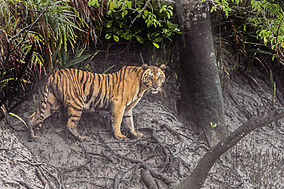
Tiger from Sundarbans Tiger Reserve
| |
| Location | South 24 Parganas, West Bengal, India |
| Nearest city | Kolkata |
| Coordinates | 21°56′42″N 88°53′45″ECoordinates: 21°56′42″N 88°53′45″E |
| Area | 1,330.12 km2 (328,680 acres) |
| Established | 1984 |
| Governing body | Government of India, |
| Type | Natural |
| Criteria | ix, x |
| Designated | 1987 (11th session) |
| Reference no. | 452 |
| State Party | India |
| Region | Asia-Pacific |
Geography :
Sundarban National Park is located in between 21° 432′ – 21° 55′ N latitude and between 88° 42′ – 89° 04′ E longitude. The average altitude of the park is 7.5 m above sea level. The park is made up of 54 small islands and is crisscrossed by several distributaries of the Ganges.
Climate :
The average minimum and maximum temperature is 20 °C and 48 °C respectively. Rainfall is heavy with humidity as high as 80% as it is close to the Bay of Bengal. The monsoon lasts from mid-June to mid-September. Prevailing wind is from the north and north-east from October to mid-March and south west westerlies prevails from mid-March to September. Storms which sometimes develop into cyclones are common during the months of May and October.
Eco-geography, rivers and watercourses :
There are seven main rivers and innumerable watercourses forming a network of channels at this estuarine delta. All the rivers have a southward course towards the sea. The eco-geography of this area is totally dependent on the tidal effect of two flow tides and two ebb tides occurring within 24 hours with a tidal range of 3–5 m and up to 8 m in normal spring tide, inundating the whole of Sunderban in varying depths. The tidal action deposits silts back on the channels and raising the bed, it forms new islands and creeks contributing to uncertain geomorphology. There is a great natural depression called “Swatch of No Ground” in the Bay of Bengal between 21°00′ to 21°22′ latitude where, the depth of water changes suddenly from 20 m to 500 m. This mysterious depression pushes back the silts towards south and/or further east to form new islands.
Mudflats :
The Sunderban mudflats are found at the estuary and on the deltaic islands where low velocity of river and tidal current occurs. The flats are exposed in low tides and submerged in high tides, thus being changed morphologically even in one tidal cycle. The interior parts of the mudflats are the right environment for mangroves.
There are a number of mudflats outside the Sundarbans National Park is a mudflat that have the potential to be tourist spots in the Sundarbans. One can visit them and enjoy the beauty of the place during low tide. If one is lucky, one can see Sea Anemones, Horseshoe crab (Nearing extinction)and small octopus.
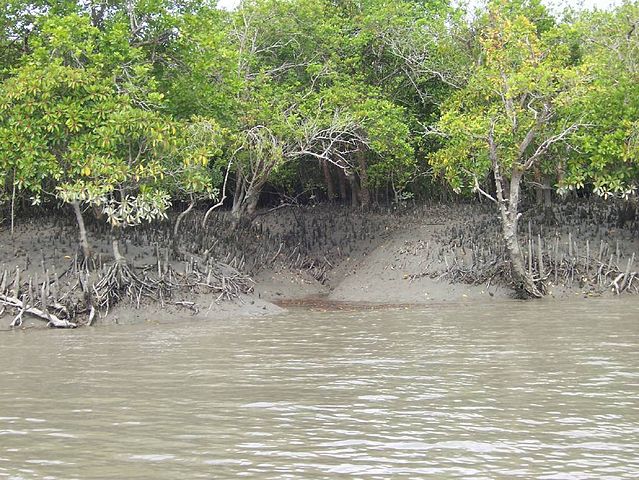
Mangrove trees in Sundarban and a small creek going inside the forest
Flora :
Sundarban has achieved its name from the Sundari Trees. It is the most exquisite variety of tree that are found in this area, a special kind of Mangrove tree. The main feature of this tree is that it produces spikes that grow above from the ground and help in the respiration of the tree. During the rainy season when the entire forest is water logged, the spikes rising from the ground has their peak in the air and helps in the respiration process.
Fauna :
The Sundarbans forest is home to more than 400 tigers. The royal Bengal tigershave developed a unique characteristic of swimming in the saline waters, and are famous for their man-eating tendencies. Tigers can be seen on the river banks sunbathing between November and February. Apart from the Bengal tiger, Fishing cats, Leopard cats, Macaques, Wild boar, Indian grey mongoose, Fox, Jungle cat, Flying fox, Pangolin, Chital, are also found in abundance in the Sundarbans.
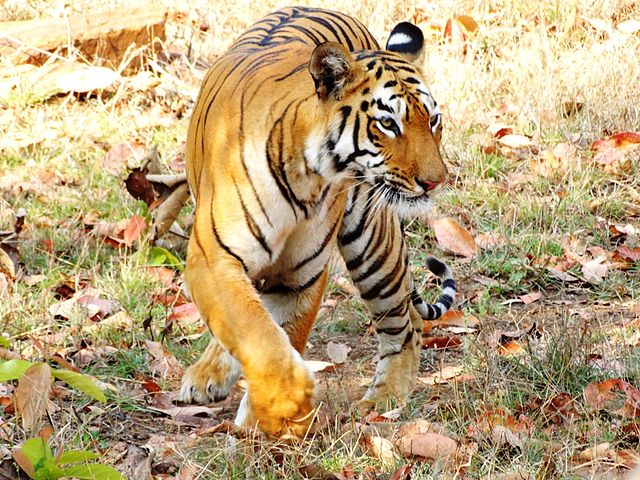
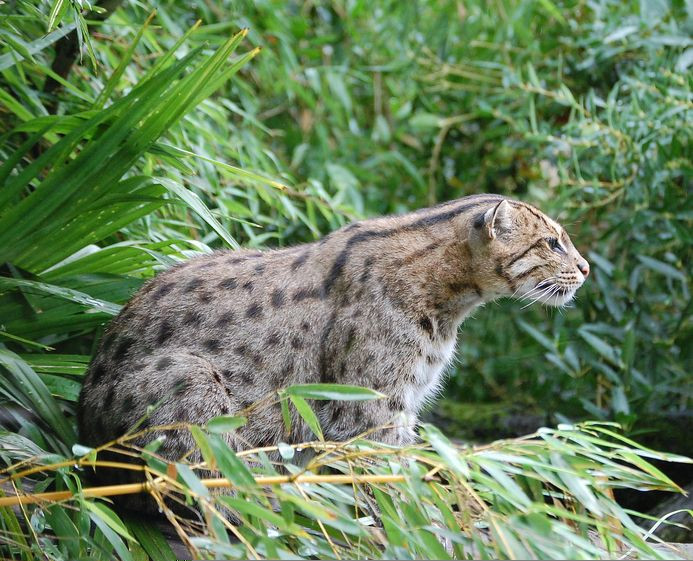
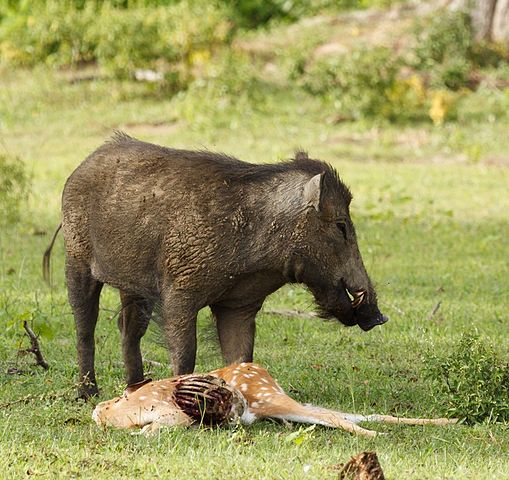
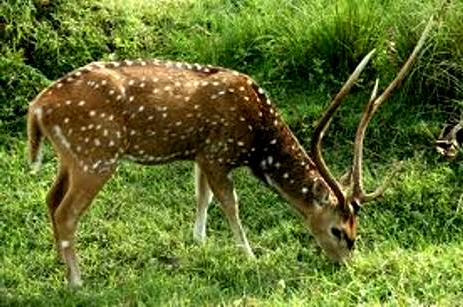
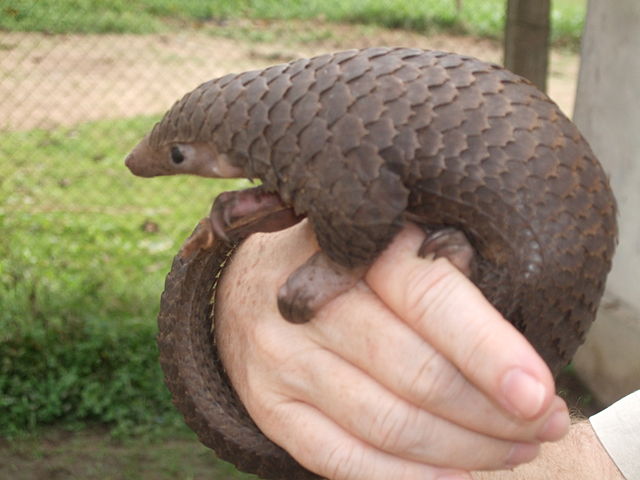
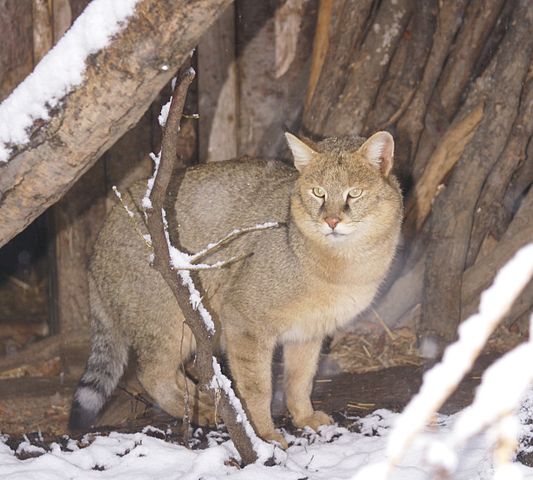
Avifauna :
Some of the birds commonly found in this region are openbill storks, black-capped kingfishers, black-headed ibis, water hens, coots, pheasant-tailed jacanas, pariah kites, brahminy kite, marsh harriers, swamp partridges, red junglefowl, spotted doves, common mynahs, jungle crows, jungle babblers, cotton teals, herring gulls, Caspian terns, gray herons, common snipes, wood sandpipers, green pigeons, rose ringed parakeets, paradise-flycatchers, cormorants, grey-headed fish eagles, white-bellied sea eagles, seagulls, common kingfishers, peregrine falcons, woodpeckers, whimbrels, black-tailed godwits, little stints, eastern knots, curlews, golden plovers, northern pintails, white-eyed pochards and whistling teals.
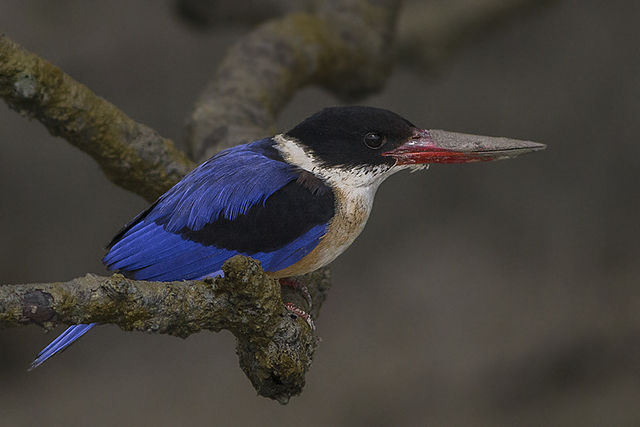
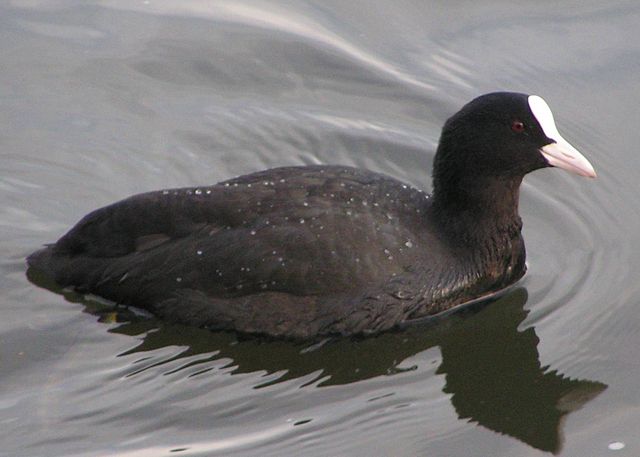

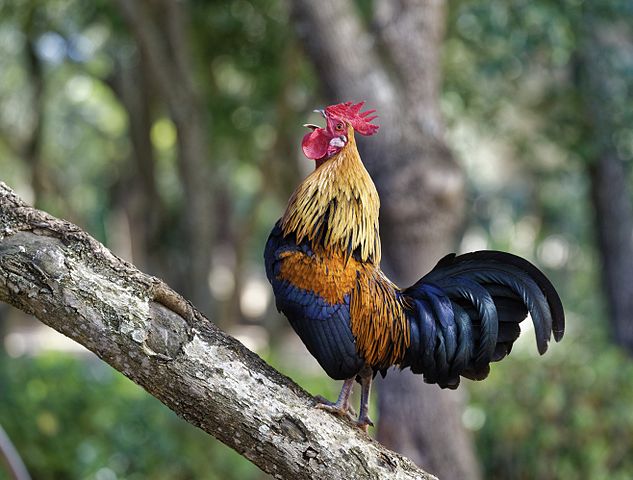

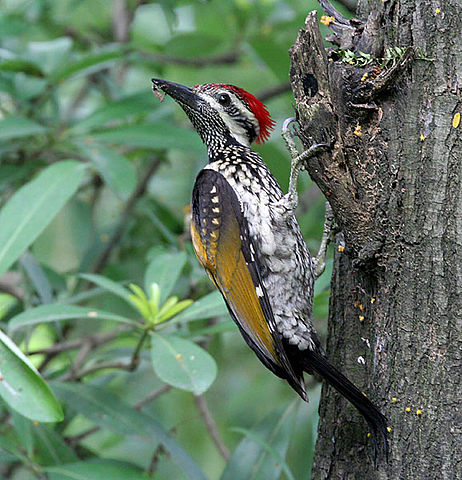
Aqua fauna :
Some of the aquatic animals found in the park are sawfish, butter fish, electric rays, silver carp, starfish, common carp,horseshoe crabs, prawn, shrimps, Gangetic dolphins, skipping frogs, common toads and tree frogs.
Reptiles :
The Sundarbans National Park houses a large number of reptiles as well, including estuarine crocodiles, chameleons, monitor lizards, turtles, including olive ridley,hawksbill, and green turtles; and snakes including python, king cobra, rat snake,Russell’s viper, dog faced water snake, checkered keelback, and common krait.
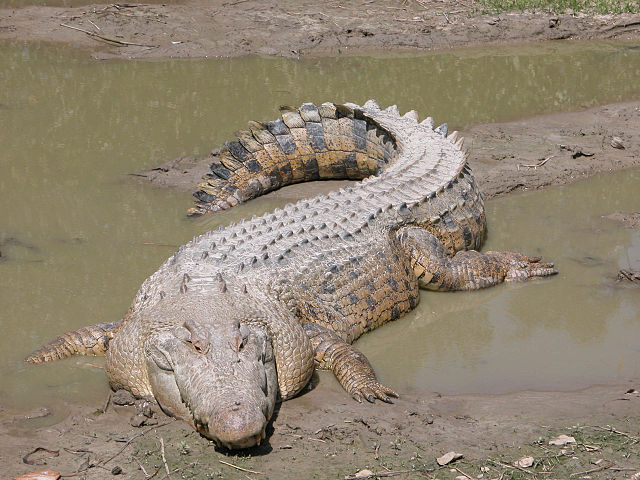
crocodile

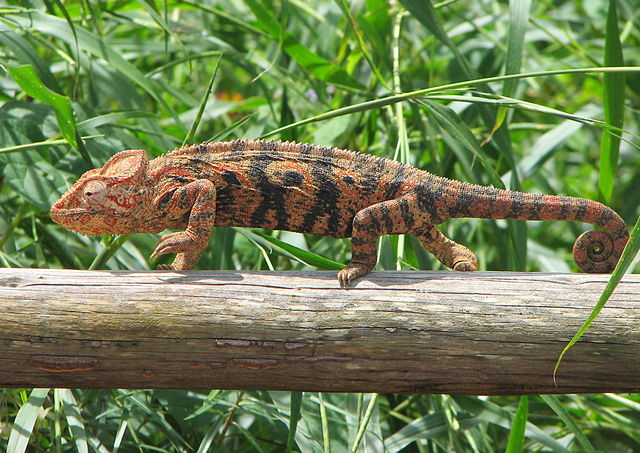
Endangered species :
The endangered species that lives within the Sundarbans are royal Bengal tiger,saltwater crocodile, river terrapin, olive ridley turtle, Ganges River dolphin, hawksbill turtle and mangrove horseshoe crab.
Marine mammals :
The proposed Sundarbans Cetacean Diversity Protected Area, includes the coastal waters off Sundarbans that host critical habitats for endangered cetaceans; resident groups of Bryde’s whales, a newly rediscovered critical population ofIrrawaddy dolphins, Ganges River dolphins, and humpback dolphins. Finless porpoises, Indo-Pacific bottlenose dolphins, spinner dolphins, and pantropical spotted dolphins are also found in this area.
Park-specific information :
The only means of travelling the park is to by boat, down the various lanes formed by the many flowing rivers. Local boats or vessels operated by the West Bengal Tourism Development Corporation, namely M.V. Chitrarekha and M.V. Sarbajaya.
Apart from viewing the wildlife from boat safaris, visitors also visit the Bhagatpur Crocodile Project, a crocodile breeding farm, Sagar Island, Jambudweep, Sudhanyakali watchtower, Buriidabri Tiger Project, Netidhopani Watchtower, Haliday Island, Kanak, and Sajnekhali Bird Sanctuary.
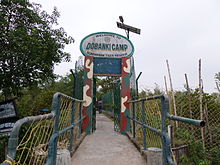
Entry to Dobanki Camp.
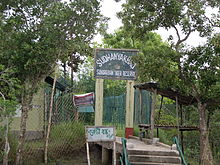
Closed Jetty of Sundhanyakhali
Sunderban Tiger Reserve :
The Sunderban Tiger Reserve is located in South 24 Paraganas, West Bengal and has a total geographical area of 2585 km2 with 1437.4 km2 consisting of populated areas and forest covering 1474 km2. Sunderban landscape is continuous with the mangrove habitat in Bangladesh.
Sunderban mangroves form part of the subcontinent’s largest mangrove system with a tiger population in a distinct ecological setting. These forests have salt water crocodiles, estuarine and marine turtles and a number of bird species. Besides tiger, the reserve has fishing cat, spotted deer, rhesus monkey and wild pigs.
The Sunderban is isolated with no forest connection to other tiger-occupied main land. Hence, there is heavy biotic pressure for forest resources. On average 500 quintals of honey and 30 quintals of wax are collected each year by local people under licence from Forest Department. The habitat is traversed by many narrow tidal channels forming small to large islands. Tigers readily cross these islands and man-tiger interactions are common.
The estimation of tiger population in Sunderban, as a part of the all India tiger estimation using the refined methodology, could not be carried out owing to the unique habitat and obliteration of evidences due to high and low tides. Phase-I data collection has been completed and process is on for tiger estimation using a combination of radio telemetry and pugmark deposition rate from known tigers.
Transport :
Air: Sundarban National Park is located 140 km far from Kolkata Airport(Also known as Netaji Subash Chandra Bose Airport and Dum Dum Airport)
Rail: The nearest Railway station of Sundarban National Park is Canning Railway station which is located 29 km far from the Gate way of Sundarban (i.e. Godhkhali)
Road: Sundarban National Park is well connected with kolkata – Basanti High way.



Comments
Post a Comment